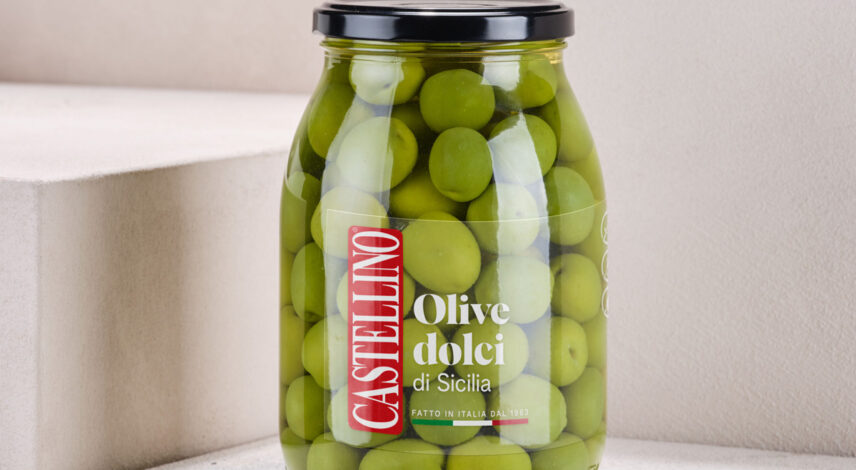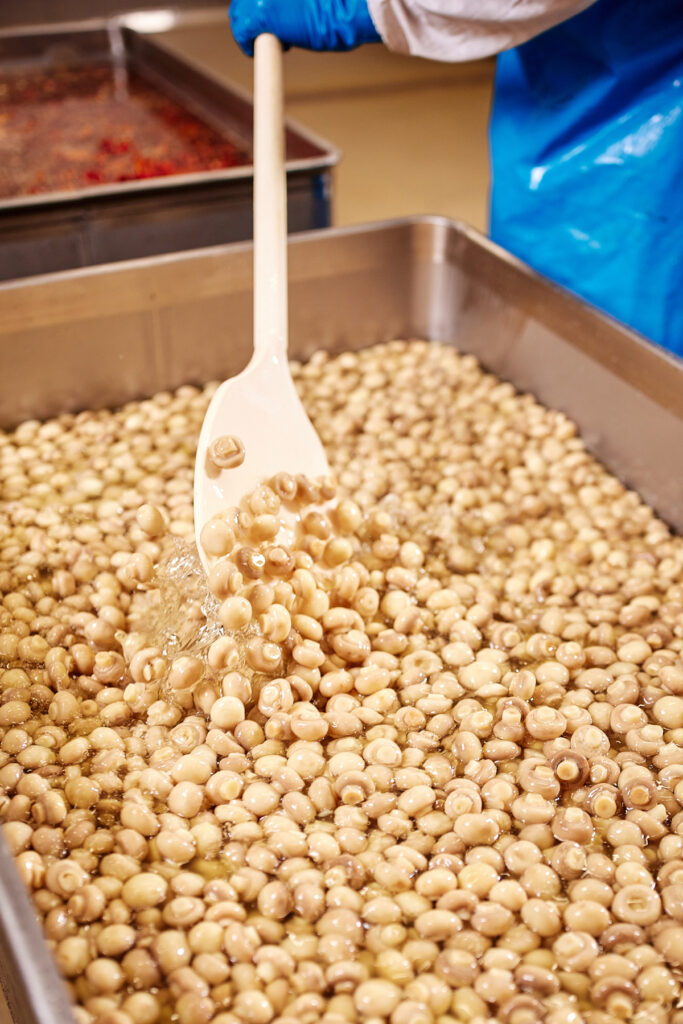
What is pasteurization and how does it work
0 commentsPasteurization is a heat treatment that enhances optimal food preservation. It’s a 100% natural method, meaning it doesn’t compromise human health in any way since it doesn’t require the use of chemical preservatives.
But how does pasteurization work?
Food preserved through pasteurization is exposed to heat, harnessing its action to destroy microorganisms present in the ingredients.
But be careful not to confuse pasteurization with sterilization.
The main difference between pasteurization and sterilization involves the temperature and time used in the heat treatment of food for preservation.

Pasteurization involves exposing food to lower temperatures (generally around 60-85 degrees Celsius) for a shorter period. This process is designed to eliminate harmful bacteria and deactivate enzymes that could spoil the food, while still allowing some non-harmful bacteria to survive.
On the other hand, sterilization involves higher temperatures (usually above 100 degrees Celsius) for a longer duration. This process aims to eliminate all bacteria, both harmful and beneficial, making the food safe for long-term storage without the need for refrigeration.
However, sterilization can slightly alter the texture and taste of the food. Unlike sterilization, pasteurization maintains the texture and nutritional properties of the product.
For all these reasons, all Castellino pickled products are preserved through pasteurization.






